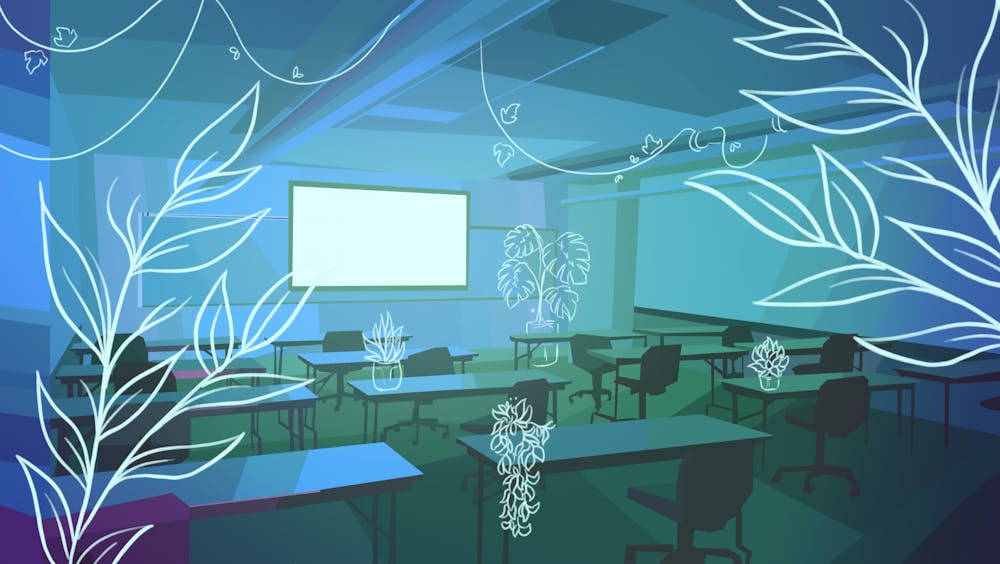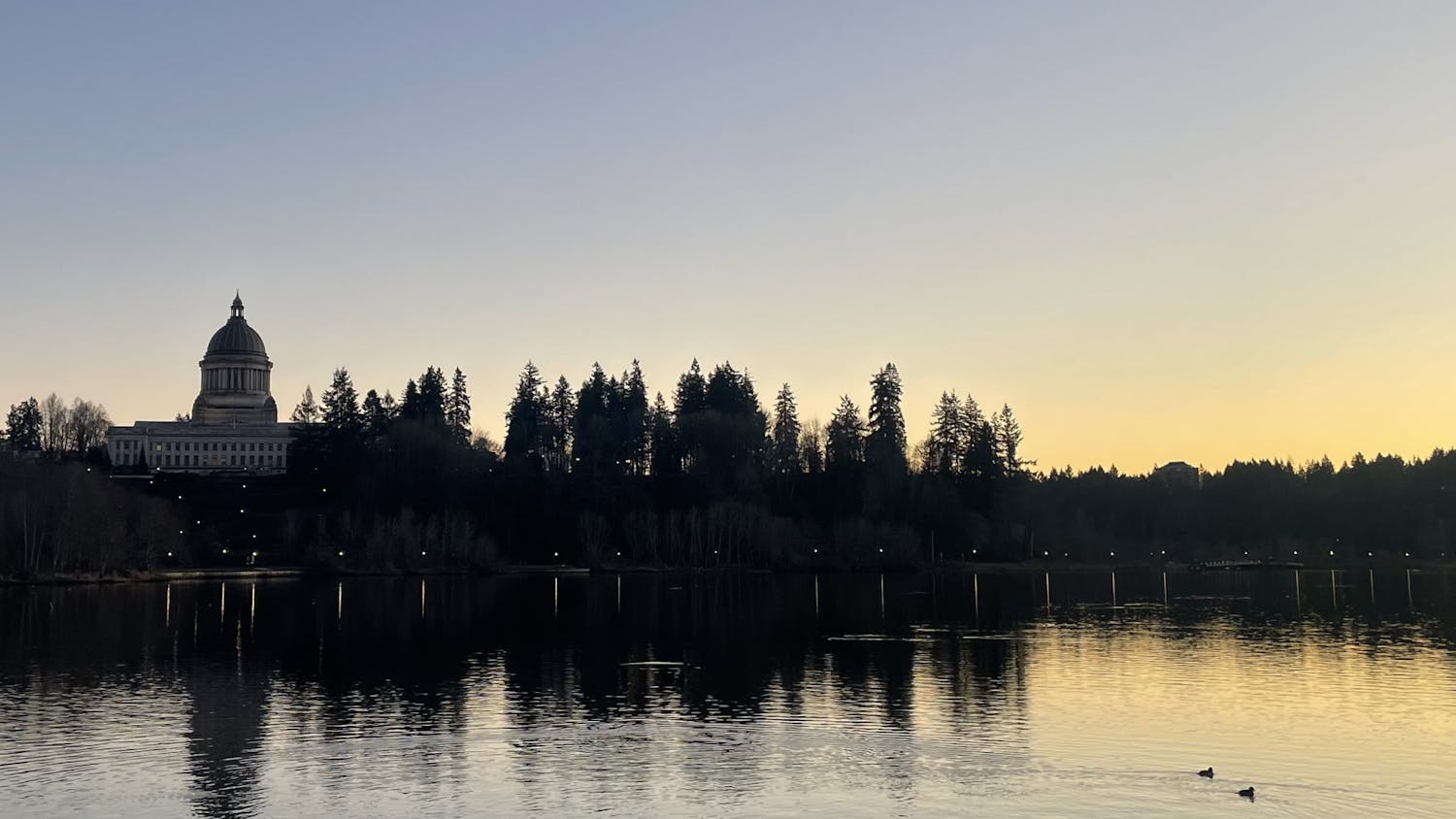Climate-related deaths are increasing globally at a terrifying rate. Whether it’s the result of food insecurity, extreme weather events, lack of access to clean water, rising temperatures or any of the other dangerous side effects of climate change, people are dying. Yet there are still many who have never received any formal education in environmental science.
This has to change.
The environmental movement has certainly gained traction in the past decade. Many are aware climate change is a very real threat, but they simply don’t have the knowledge necessary to know what exactly they’re fighting for or what changes they can make in their own lives.
Studies have shown education is one of the most powerful tools when it comes to changing attitudes towards the environment and altering the behaviors of individuals.
I know this to be true from my own experience.
When I was a junior in high school, I took an Advanced Placement environmental science course, and it taught me most of what I know about the major environmental issues our world faces today. The class gave me the foundational knowledge I needed to understand the severity of climate change and what can realistically be done to combat it, both in my own life and at the legislative level.
I’m grateful I had the opportunity to take an environmental science course, and if there’s one thing I took away from the class ⎯ besides the importance of protecting the environment ⎯ it’s that everyone should take an environmental science course during their secondary education.
Why secondary education, specifically?
In my experience, brief lessons in elementary school don’t impact students like a dedicated, year-long high school course can.
I remember receiving some environmental education in primary school, such as watching the Schoolhouse Rock “Reuse, Reduce, Recycle” video or learning how rising temperatures endanger polar bears in the arctic.
I can’t deny that had some impact on me and how I view climate science, but I also can’t deny the fact that many of the kids sitting next to me in those classes, learning the very same things, are climate change deniers to this day.
Teenagers in secondary education are at the age when they’re beginning to form their own opinions and political beliefs and may become activists in the name of those beliefs. All of this is happening at a time when they’re being swarmed with all kinds of different content through social media, as well as friends and family, much of which has political undertones.
If the goal is for them to become stewards of the environment, some of that content must be environmental education.
This is obviously much easier said than done, but I truly believe in the importance of a quality, dedicated environmental education for every student, so I looked into what it would take to make environmental science a required course in secondary education.
It wouldn’t be easy.
First of all, requiring a specific science class in secondary education is pretty much unheard of in the state of Washington. As of right now, the graduation requirements for science classes are only that students must take three science credits (meaning three years of science), two of which must be lab credits. Beyond that, no specific science course is required by the state but instead is decided by the individual school district.
However, there is a requirement put in place by state law that environmental education be integrated into core content areas across all grade levels, meaning there must be some level of environmental education included in biology classes, chemistry classes, etc. Even history classes are required to include some environmental content, according to Ellen Ebert, the director for Secondary Education Content at the Office of Superintendent of Public Instruction.
OSPI is the state agency that oversees K-12 education. They allocate funds to school districts based on decisions made at the legislative level and provide tools and resources to districts to improve education quality. The State Board of Education, which determines high school graduation requirements, did not respond for comment.
Not every school district meets the state environmental education requirement. OSPI Associate Director of Secondary Science Johanna Brown said Pullman High School, which she attended, did not teach environmental science.
Brown expressed concern that adding another course requirement might affect graduation rates.
“One more thing might make graduation rates go down, [and] might see some students not find success,” Brown said.
In addition to the state’s lack of specific science requirements, environmental education is a privilege that requires a great deal of funding and training, which many schools and districts in the state do not have access to.
Sylvia Hadnot, the chair emeritus for E3 Washington, an affiliate of the North American Association of Environmental Educators, which offers resources to improve environmental education across the state, said she has witnessed how the differing political landscape of Washington state can make advocating for environmental education complicated.
“There are places in this state where you can’t say environmental justice without it being really triggering for people,” Hadnot said.
All of these factors are very real and must be considered when discussing environmental education, yet there’s still hope for statewide action.
House Bill 2078 is proof of that.
House Bill 2078, which passed in March 2022, establishes the Outdoor School for All program. This program consists of a week-long outdoor environmental education experience for fifth and sixth graders. The new law has made the program a statewide requirement for all school districts and has dedicated approximately $10 million for grants to remove financial barriers for the students’ families.
Roberta McFarland, director of Outdoor Environmental Education for Waskowitz Outdoor Programs for E3 Washington, was very involved in the Outdoor School for All campaign and said she believes in the power of students learning together in the outdoors.
“You need to be out in the forest, out on the Sound, looking at the riparian zone, to really learn it and to love it, to have an experience with it, so you can really understand how ecology works and this balance of nature,” McFarland said. “We have a part in it as people. We live on this planet too, so we need to make sure we’re educating our youth so they can make wise decisions now and in the future.”
If legislation can be passed and funding can be allocated to increase environmental education for fifth and sixth graders, it can be done for high schoolers as well. Maybe the importance of the content isn’t enough for the legislature to make it happen, but the desire for it from teenagers should be.
India Carlson, science department chair and teacher at Ballard High School, said students are concerned about the environment and want to be part of the change for good.
“Learning about environmental science empowers students to be solution-makers to problems that seem to have no solution,” Carlson said.
Teenagers care about the planet. They’re some of the biggest contributors to the conversations around climate change, and they know how to use trends and social media to engage people in those conversations.
This kind of awareness and activism is a privilege not shared by all, and that’s why government action is needed. If everyone is to be involved in the fight against climate change, then steps must be taken to equalize the level of education throughout the state.
As Hadnot said, Washington is a state rich with diverse opinions and political ideologies, and, in many ways, reflects the U.S. as a whole. It is for this reason, I believe, that if environmental education can be more strictly mandated in Washington, the same can be true for the rest of the country.
Let’s start with Washington, though.
We owe it to the younger generations who are eager to be part of the environmental movement to provide them with the education necessary to do so. Even more than that, we owe it to the generations after them, so they may not have to inherit our mistakes.
The health of our planet and all that lives on it is worth it.
Katie McNabb (she/her) is a senior reporter for The Front this quarter. She’s a fourth-year double-majoring in English and journalism. Her past reporting has focused on science and the environment. In her free time, she enjoys reading, exploring Bellingham with friends and experimenting with plant-based cooking.
You can reach her at katiemcnabb.thefront@gmail.com






